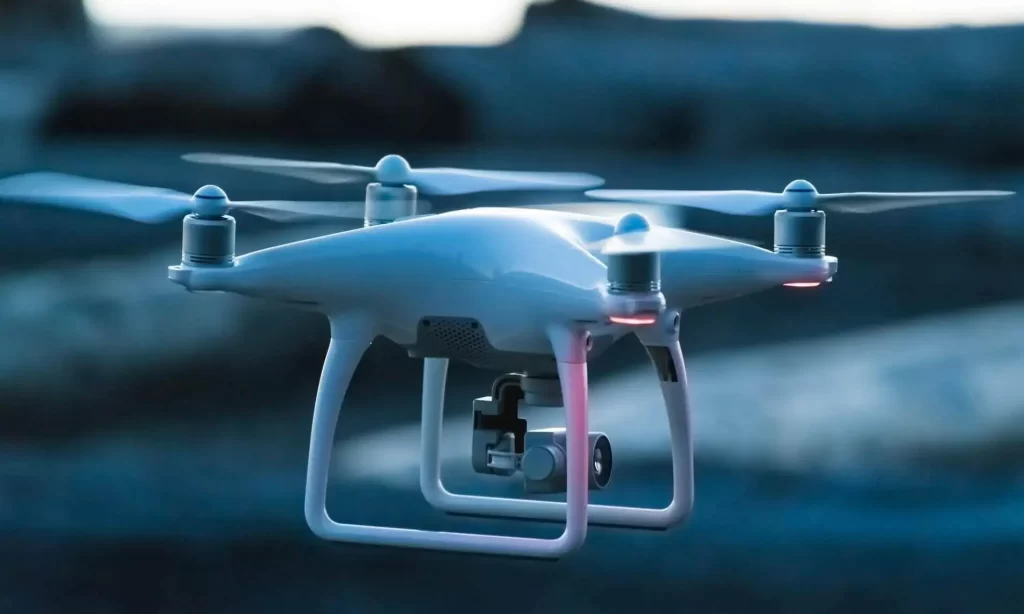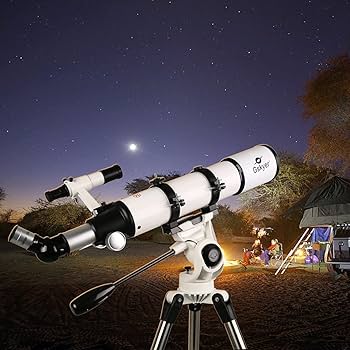Drone Eyes, a cutting-edge technology, is revolutionizing inspection processes by taking them to new heights literally. This innovative solution utilizes unmanned aerial vehicles UAVs, commonly known as drones, to provide a bird’s-eye view of structures and environments, offering unprecedented advantages in inspection and monitoring. With a focus on efficiency, accuracy, and safety, Drone Eyes is reshaping the way industries approach inspections. One of the key benefits of Drone Eyes is its ability to access difficult-to-reach or hazardous areas that would pose a challenge for traditional inspection methods. By soaring above rooftops, towers, or industrial facilities, drones can effortlessly navigate through complex structures, capturing high-resolution images and videos. This not only expedites the inspection process but also eliminates the need for manual labor in perilous environments, enhancing overall safety for personnel. Furthermore, Drone Eyes boasts advanced imaging technology that provides detailed and comprehensive visual data.

Equipped with high-resolution cameras, thermal sensors, and other specialized tools, these drones can detect structural issues, leaks, or anomalies that might go unnoticed during ground inspections. This level of precision allows for early identification of potential problems, preventing costly damages and downtime in various industries such as energy, infrastructure, and construction. In addition to visual inspections, Drone Eyes can be equipped with sensors for monitoring environmental parameters. This capability is particularly valuable in sectors like agriculture, where drones can assess crop health, monitor irrigation systems, and gather data on soil conditions. The real-time data collected by these drones enables informed decision-making, optimizing camera drone inspections resource allocation and increasing overall efficiency in agricultural operations. The implementation of Drone Eyes also leads to significant cost savings. Traditional inspection methods often involve extensive manpower, specialized equipment, and time-consuming processes.
By contrast, drones offer a cost-effective and swift alternative. With minimal human intervention, they can cover large areas in a fraction of the time, reducing labor costs and operational downtime. The data collected is readily available for analysis, streamlining the decision-making process and minimizing the need for repeated inspections. Moreover, the environmental impact of Drone Eyes is considerably lower compared to traditional inspection methods. With reduced reliance on ground vehicles and machinery, there is a decrease in carbon emissions, making this technology a more sustainable option. The efficient use of resources aligns with global efforts to adopt eco-friendly practices across industries. In conclusion, Drone Eyes is a game-changing technology that enhances inspection processes by providing a unique aerial perspective. Its ability to access hard-to-reach areas, deliver precise visual data, and contribute to cost savings makes it an invaluable tool across various sectors. As industries continue to embrace technological advancements, the adoption of Drone Eyes is poised to become a standard practice, redefining the landscape of inspections from above.



